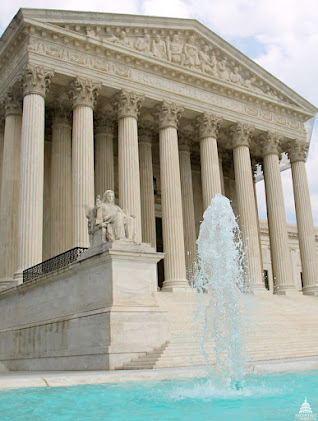Building Adaptive Organizations: Creating Safe Conflict
Establishing rules of engagement is a critical first step. These “ground rules” are essential to ensuring everyone is on the same page, as well as a mechanism to hold people accountable. The leader should not dictate them, but rather should be co-constructed among the group. The expectations or "group norms" should be mutually agreed upon going into the discussion so that everyone is aware of their importance. The ground rules can also help build mutual trust.
So, what goes into some ground rules? "Let them decide."
It is certainly the easiest course of action: the group has ownership of the rules, and more importantly, the rule-process. They can help set the guidelines for cooperation, transparency, and confidentiality. But what happens that very first time when no one speaks up? It would be advisable as the facilitator to have some prompts or suggestions ready.
In brainstorming these general concepts, here are some starting points:
- All ideas are welcome and encouraged—reserve judgment for the analysis and execution phase
- Listen actively and be engaged—take a break if you need to
- Respect the other person and the group—everyone participates
- Discuss the issues, not the individuals or personalities
- Everyone is responsible for the team’s success
Setting ground rules that everyone is comfortable with will ultimately set up the team for the strenuous times ahead where conflict will be inevitable, and where creative conflict surfaces excellent ideas for action!
REFERENCE:
Heifetz, R. A., Linsky, M., & Grashow, A. (2009). The practice of adaptive leadership: Tools and tactics for changing your organization and the world. Boston, MA: Harvard Business Review Press.
Photo: Natalie Pedigo on Unsplash


Comments
Post a Comment